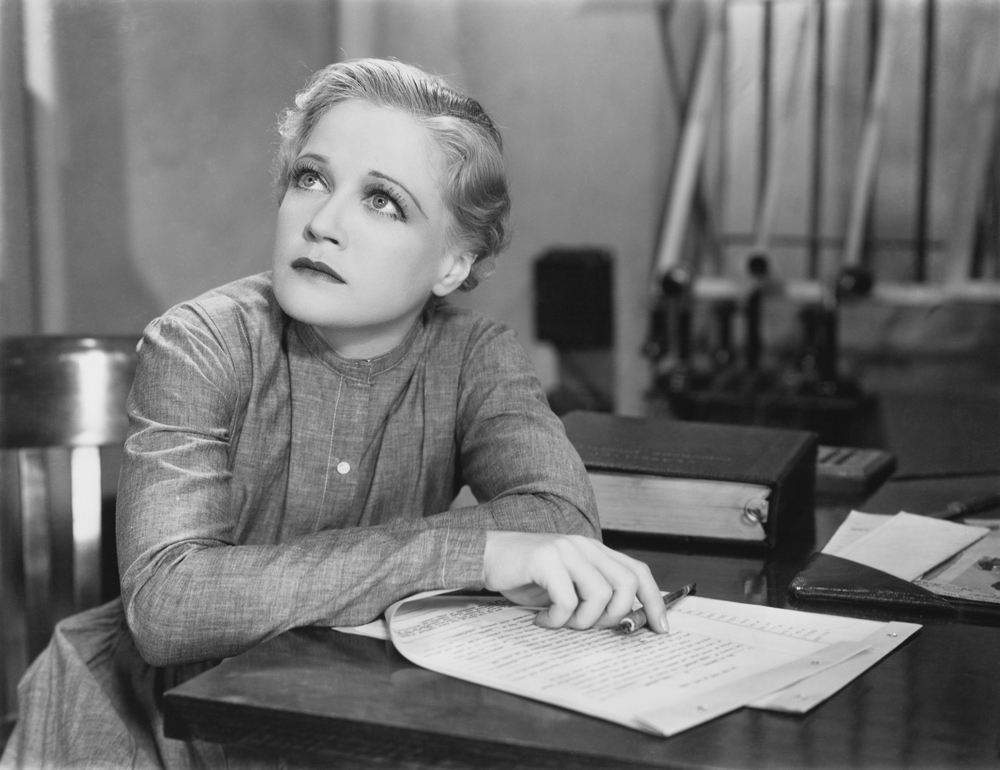
Claire Routley shares her top tips for keeping legacy pledgers engaged
With the average residuary legacy now being over £50k, people who leave legacies are likely to be among your organisation’s highest-value supporters. However, research suggest that, as a sector, we may have an issue with how effectively we steward these donors.
There’s perhaps has been a myth in the sector of ‘once in, always in’: that once someone pledges a legacy, they’re unlikely to change their mind. However, Professor Russell James’ recent longitudinal study shows that the ten-year retention rates of charitable estate plans is only around 50%.
Those gifts that were retained for a long-time were, however, particularly valuable: James found that one long-term plan was worth four made in the last two years of life.
There are likely to be some changes to people’s plans that we can’t do anything about – their charitable priorities may well change over time as their lives change – but, wherever possible, we should make sure that we provide the care our donors need to know that they will be appreciated, their gifts will be valued, and most importantly that they will make a difference.
So what can we do?
Show legacy donors that their gift will make a difference
Research suggests that people cope with the foreknowledge of death through achieving symbolic immortality: knowing they’ll live on in some way after they die. By showing them that their gift will make a genuine impact on your work – perhaps by sharing stories of the impact previous gifts have made – they can be confident that they will continue to have an impact after their death through their legacy giving.
Show legacy donors that they are valued
We achieve symbolic immortality by feeling that we are ‘a person of value in a world of meaning’ (Pyszczynski et al, 2000). We can show legacy donors how much we value them by providing them with a differentiated standard of service such as offering them personalised communications, inviting them to special events or bringing them in to meet our beneficiaries.
Show legacy donors that we can be trusted
Legacy donors are entrusting us not only with their money, but with their shot at symbolic immortality. They have to be confident that we can be trusted to spend their money well, and it will genuinely make a difference after they are gone. According to Prof. Adrian Sargeant we can increase trust by, among other things, ensuring that we engage donors in two-way conversations, meeting their expectations in terms of communications and sharing the rational for our organisation’s decisions.
Show legacy donors we share their core values
Sargeant and Shang (2009) tell us that in legacy fundraising we should promote organisational values which appeal to our donor’s life goals and long-term sense of individual identity. As these values continue, so will a crucial aspect of the donor’s identity, again, helping them to achieve symbolic immortality. Values could be made explicit through the various communications that legacy supporters receive.
Show legacy donors that they will be remembered
Most donors seem to appreciate being memorialised in some way. My own research suggested the legacy pledgers didn’t want their names up in lights, however. They most appreciated memorials that were communal – where their names would appear alongside others – such as tree planting, memory books, names on theatre seats, or names etched into the stones on paths. What mattered to them was not that their name would stand out, but that they themselves would know that it was recorded for posterity.
Dr Claire Routley is a fundraising consultant and founder of Legacy Fundraising




